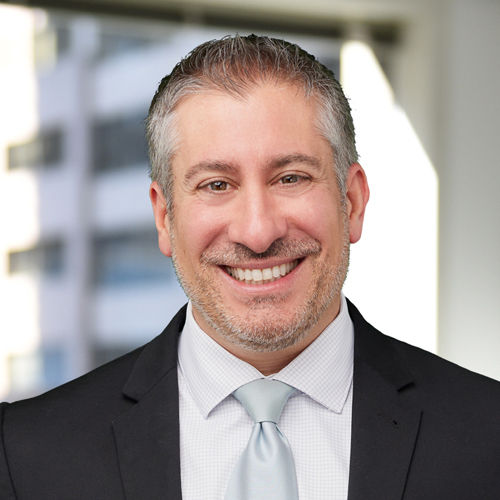Publications
Connecticut Requires Expert Testimony for Proving Exposure Levels
December 1, 2017

